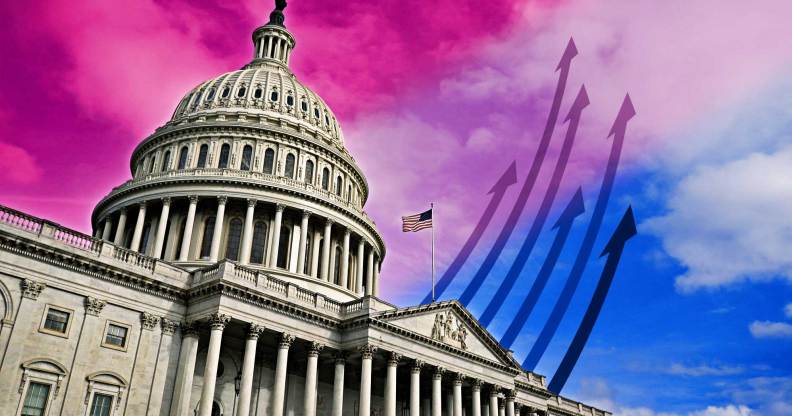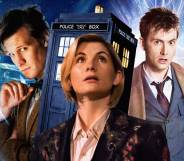Bisexuality in America has more than tripled in the past three decades

A new study shows a huge surge in the number of bisexual people in America. (Credit: Getty Images)
The number of people in the United States identifying as bisexual, or reporting having had male and female sexual partners, has surged since the late 1980s, according to a new research.
The study, published in the Journal of Sex Research, looked at nationally representative data from the General Social Survey (GSS), conducted by the National Opinion Research Center at the University of Chicago, between 1989 and 2021.
It showed that 3.1 per cent of respondents in the 1989-1994 survey samples reported having both male and female partners from the age of 18. This rose to 9.3 per cent in the 2012-2018 samples and 9.6 per cent in the 2021 sample.
However, rates of true bisexuality almost quadrupled in comparison. As highlighted by Big Think, having engaged in sexual activities with both males and females does not necessarily mean someone is bisexual – a person identifying as gay or lesbian may have had opposite-sex partners before then coming out.
As a result, the journal reported the study showing that bisexuality as a sexual orientation was reported by 1.2 per cent of respondents between 2004 (when the GSS started asking about sexual orientation) and 2010, and rising to 4.5 per cent in the 2021 sample.
The research’s authors, Martin Monto and Sophia Neuweiler, noted that the increase in bisexuality rates in the data could be linked to an increased willingness to acknowledge it.
“Society draws lines around sexual behaviour, and these lines, though often in dispute, may move over time,” they wrote. “These changing norms appear to have affected the proportion of people who identify as bisexual and likely also affected actual sexual behaviour.”
Big Think also reported that rates of bisexuality seem set to continue increasing, with the latest GSS data showing six per cent of the respondents aged between 18 to 29 identifying as bisexual compared with fewer than two per cent of those over the age of 40.
How did this story make you feel?

